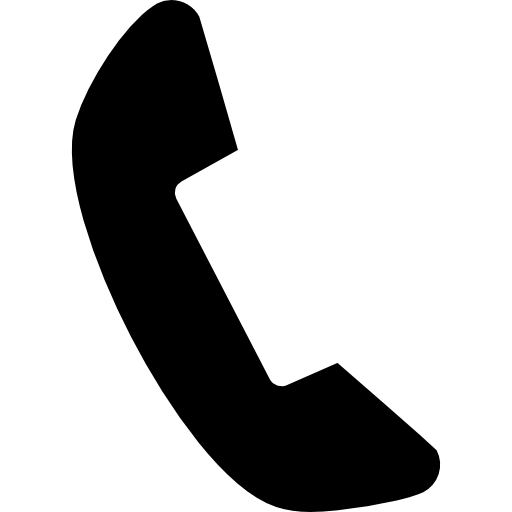A Fairer Approach: How to Avoid Bias in Your Hiring Decisions

When you hire, you want the right person for the job. Simple, right? Not always. Bias, often invisible to the eye, can creep into your decisions like a shadow at dusk. Even the most well-meaning hiring managers in Australia can find themselves swayed by unconscious preferences. The good news? You can take practical steps to avoid hiring bias, apply fair hiring practices, and strengthen diversity hiring efforts without feeling like you are walking on eggshells.
Why Bias Happens in Hiring
Bias in hiring is not always intentional. Much of it is unconscious bias—the shortcuts your brain takes when making quick judgments. For example:
- Preferring candidates who went to the same school as you.
- Liking someone simply because they share your hobbies.
- Thinking a confident speaker is automatically competent.
Your brain loves patterns. Unfortunately, those patterns can influence who gets the interview and who is passed over. Left unchecked, bias limits diversity, narrows innovation, and prevents businesses from benefiting from fresh ideas.
The Cost of Ignoring Bias
You might think bias is a small hiccup, but it can come with serious consequences for your organisation in Australia:
- Reduced diversity: Teams become echo chambers instead of melting pots.
- Lower performance: A lack of perspectives weakens decision-making.
- Legal and reputational risks: Unfair hiring practices can lead to complaints and damaged credibility.
- Missed opportunities: Great candidates may never get a chance because assumptions stood in the way.
It is like trying to build a house with only one type of tool—you will get part of the job done, but the result will never be as strong or well-rounded.
How to Avoid Hiring Bias
Here are practical steps you can apply right now to reduce bias in your hiring process:
1. Standardise Your Hiring Funnel
When each candidate is judged by different yardsticks, bias finds an open door. By creating a consistent set of evaluation criteria, you make comparisons fairer.
- Develop structured interview questions.
- Score candidates against the same requirements.
- Avoid “gut feelings” as the deciding factor.
This way, hiring decisions are based on evidence, not intuition.
2. Use Blind Resume Reviews
It is easy to be swayed by names, addresses, or schools listed on resumes. Blind reviews remove identifying details so you can focus on skills and experience. For example, RefHub recommends designing templates that strip out personal details in the early stages. This simple practice helps level the playing field.
3. Train Hiring Teams on Unconscious Bias
You cannot avoid what you cannot see. Training raises awareness of common biases such as affinity bias (preferring people like yourself) or confirmation bias (seeking details that confirm what you already believe).
When everyone on your hiring panel knows these patterns, they are less likely to fall into the trap. It is like giving them a torch to spot hidden obstacles in the dark.
4. Expand Your Talent Pool
Bias thrives when your candidate list looks too similar. Cast your net wider:
- Advertise roles in diverse channels.
- Write job descriptions that appeal to different audiences.
- Avoid language that subtly discourages certain groups.
A broader pool leads to richer choices and increases the odds of finding the right person.
5. Include Multiple Interviewers
When one person makes the decision, bias carries more weight. By involving several interviewers from different backgrounds, you balance perspectives. Think of it as getting a second opinion at the doctor—more views often lead to a more accurate diagnosis.
6. Focus on Skills and Competencies
Practical tests and work samples often say more than a polished resume or confident interview performance. By anchoring decisions in demonstrated ability, you reduce the influence of unrelated factors.
7. Document Decisions
Ask hiring teams to record why they selected or rejected a candidate. Documentation encourages accountability and makes patterns easier to spot. It also helps protect against claims of unfair hiring practices.
The Role of Fair Hiring Practices
Fair hiring practices are not only about ticking compliance boxes. They help build trust with candidates and strengthen the reputation of your business in Australia. Fairness shows that you value merit over assumptions. Over time, this builds loyalty, engagement, and stronger teams.
Think of it this way: when people know the race is fair, they run harder and smarter.
How Diversity Hiring Strengthens Teams
Diversity hiring is not about meeting quotas. It is about recognising that different perspectives create stronger outcomes. Research consistently shows that diverse teams:
- Solve problems faster.
- Understand broader customer bases.
- Adapt more easily to change.
It is the difference between having a single-coloured palette versus a full box of paints. The more shades you have, the richer the picture you can create.
Tools and Resources
If you are looking for structured support, RefHub offers helpful materials for building fair hiring processes. Their free guides and templates can be downloaded here: How to Hire Guides and Templates. These resources give you ready-made frameworks for applying consistent and unbiased practices.
Common Roadblocks and How to Handle Them
Even with the best intentions, you may face challenges:
- Time pressure: Rushed decisions increase reliance on gut instinct. Solution: Block enough time for structured interviews.
- Resistance from managers: Some leaders may prefer the old way. Solution: Share evidence showing how fair hiring improves outcomes.
- Hidden biases: They never fully disappear. Solution: Keep awareness training ongoing, not one-off.
Remember, avoiding hiring bias is like keeping a garden weed-free—it is not a one-time job but a continuous process.
Putting It All Together
When you commit to fair hiring practices, you give every candidate a fair shot. You strengthen your organisation with broader perspectives, reduce risks, and build a reputation for fairness in Australia’s job market.
RefHub can guide you with practical resources so that you are not left guessing. Start small, stay consistent, and keep your eye on the bigger picture: a workforce that truly reflects talent, not assumptions.
Ready to make your hiring process fairer and more effective? Take the first step today with RefHub. Access free tools, templates, and guides that will help you avoid hiring bias and build a stronger, more diverse team. Visit RefHub’s hiring resources and start shaping a recruitment process you can trust.




